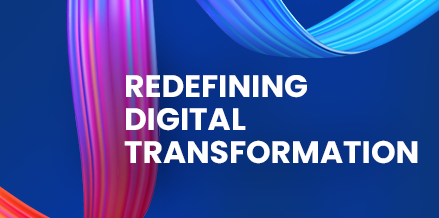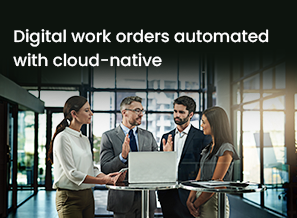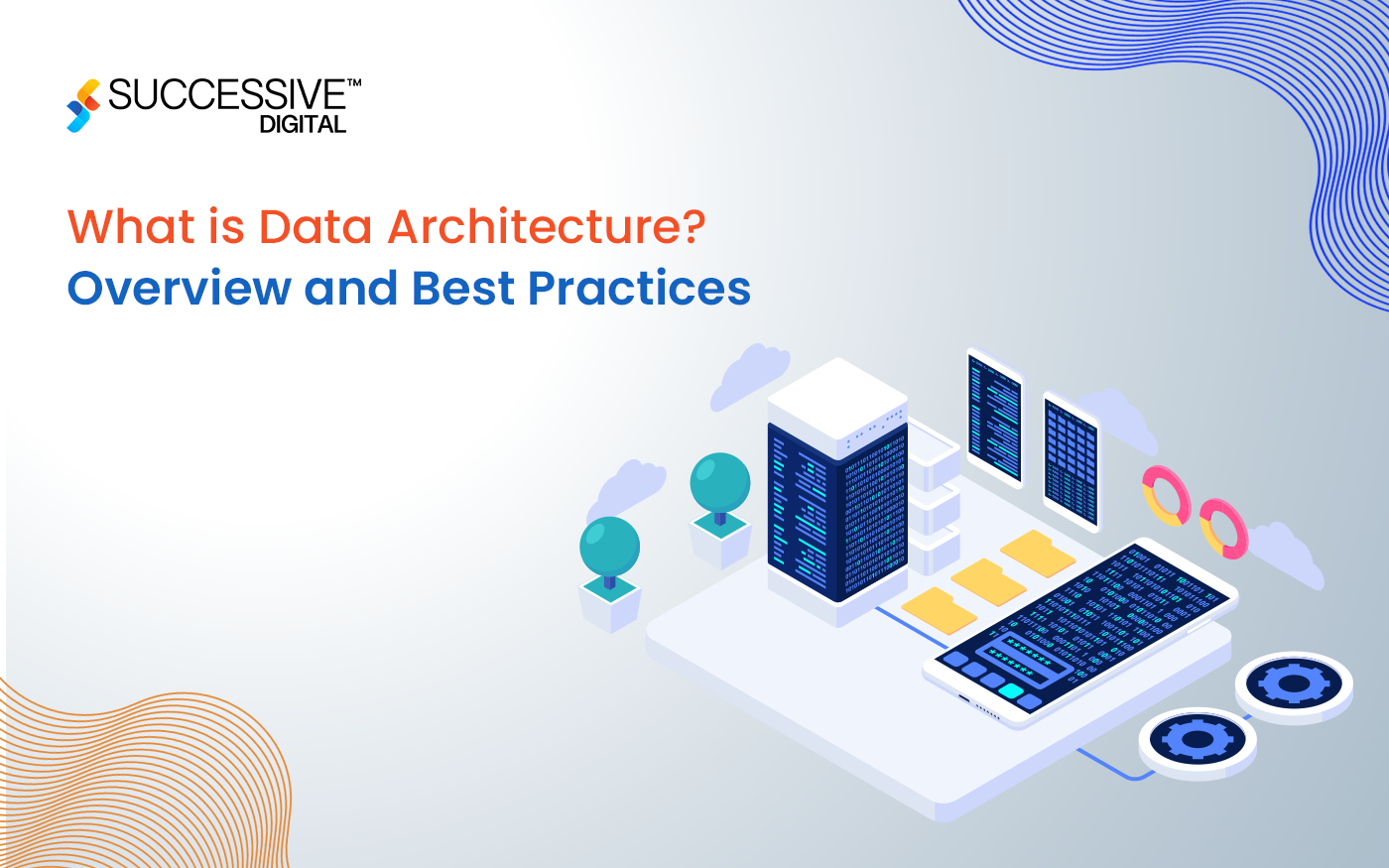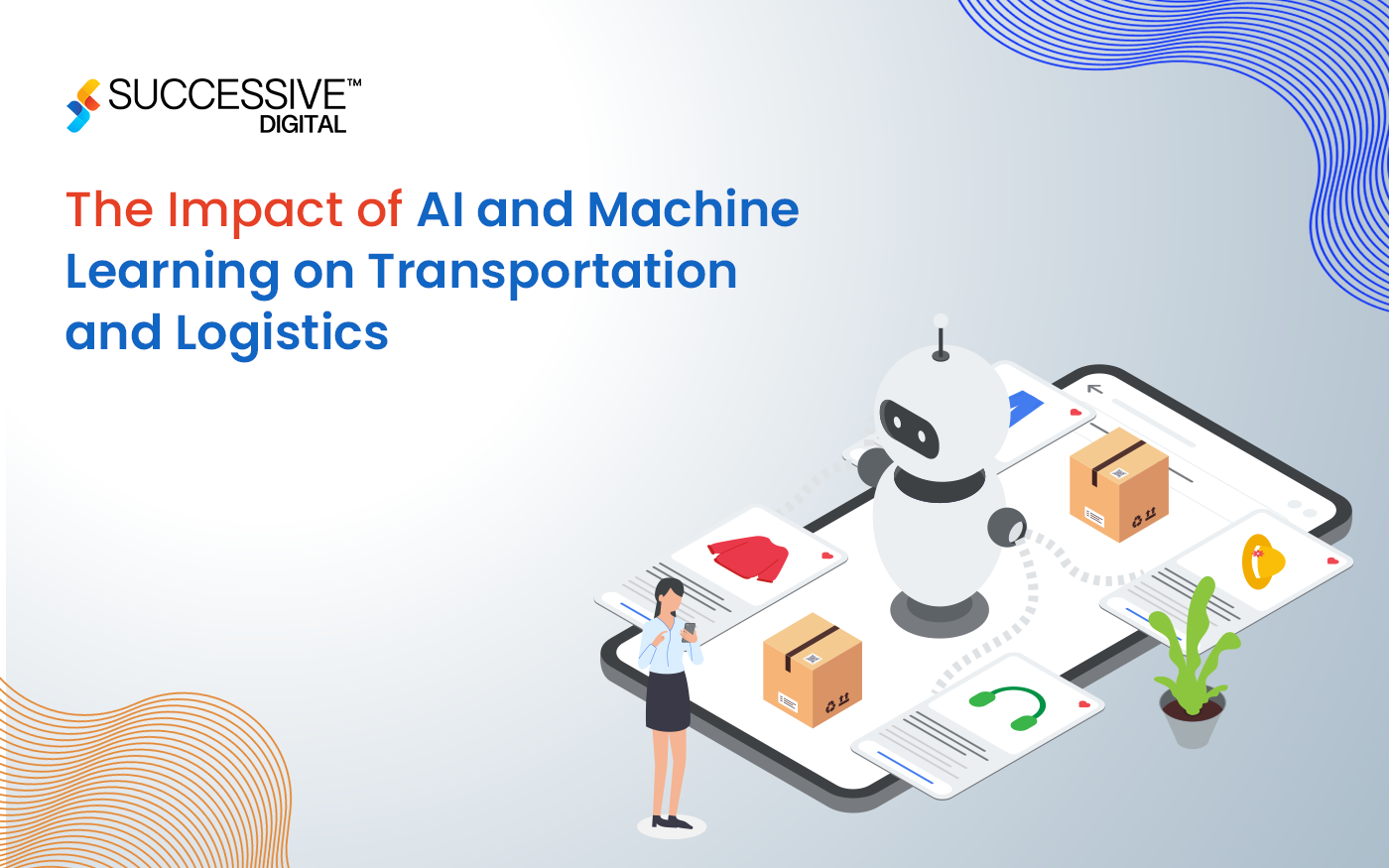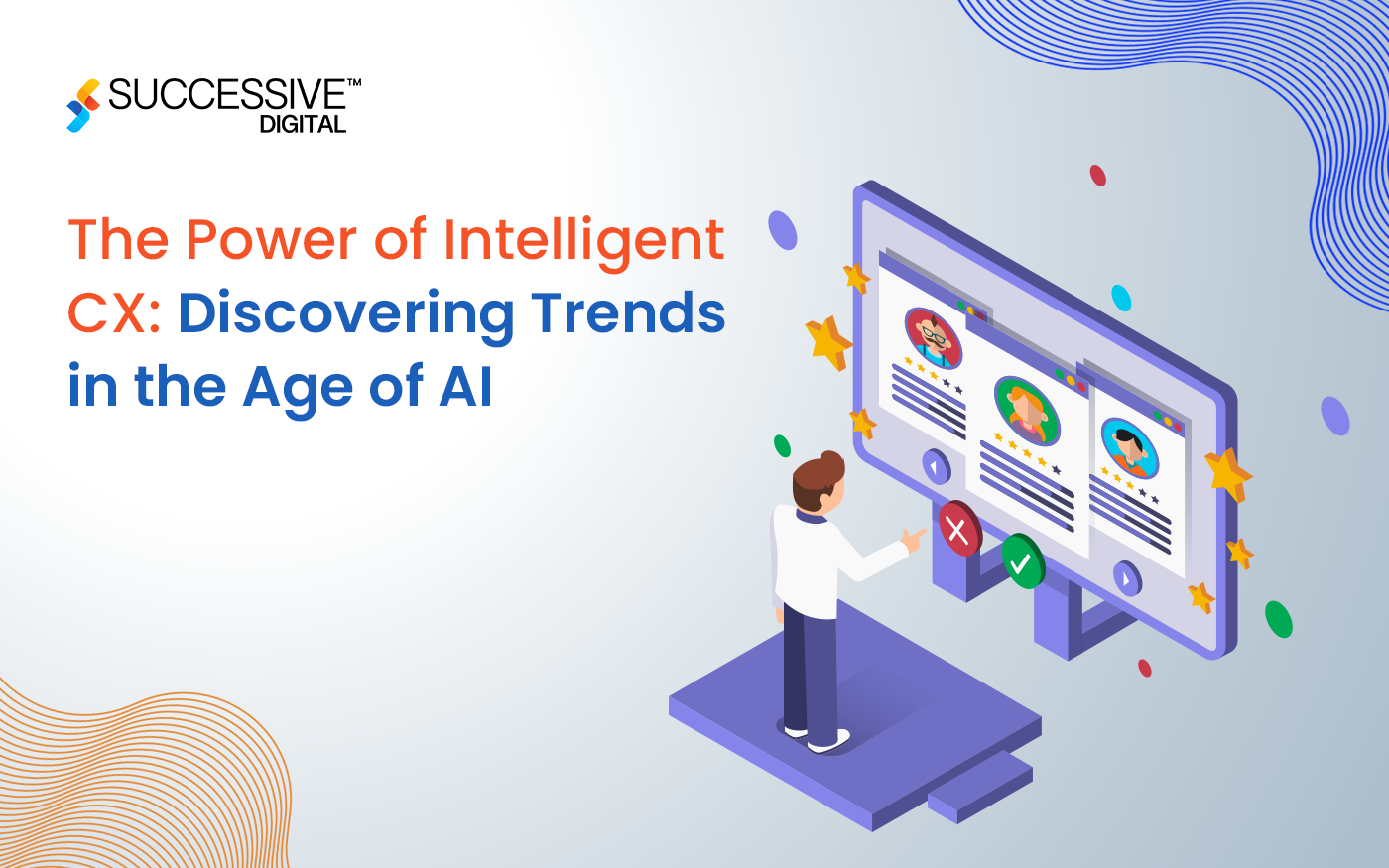In a market full of competitors where the war is on-time delivery of the goods, AI used in logistics is not just what you would like to have; it is what gives you an advantage over the competitors. Recent industry research by Gartner reveals that many supply-chain leaders are still unsure of the way to turn their AI investment into tangible results: merely around 23% of supply-chain organizations declare that they have a formal AI strategy, and while companies are hurrying to implement agentic or “autonomous” AI, analysts caution that most early experiments fail to achieve the intended results if they are not driven by providing clear business value.
In this blog, we will explore how a logistics company leveraged an orchestration AI agent and automated logistics systems to reduce delivery delays by 20% and what other logistics teams can learn from and replicate.
The Problem: Too Many Systems, Too Little Coordination
Although the client had purchased modern solutions such as a Transport Management System (TMS), Warehouse Management System (WMS), GPS-based telematics, and a driver mobile app, they were not effectively synchronizing. Each device managed its own function very efficiently, such as routing, inventory, and tracking. However, no layer existed to coordinate across them in real-time.
The situation created a series of operational bottlenecks:
- Exception chaos: The system could detect that a vehicle was delayed due to traffic or that a delivery failed due to the recipient’s absence, but no one was taking action. Operators manually reviewed alerts, called drivers, and updated delivery schedules, often it was too late.
- ETA inaccuracies: Delivery times that were estimated and shown to customers were static. If a delay happened during the route, the ETA was not changed unless an operator intervened, which caused customer dissatisfaction and unnecessary “Where Is My Order?” calls.
- Siloed visibility: Dispatchers, customer support, and warehouse supervisors all had partial visibility. Each one of them could only see a piece of the puzzle, which led to duplicated work and missed opportunities for early intervention.
- Human fatigue: Planners had a fire-fighting role that consumed hours of their time and left no room for actual planning. As the volume of exceptions increased, the human capacity didn’t, which led to the piling up of delays.
The client was not in a position to acquire more tools, but rather they needed a solution that could oversee, forecast, and intervene across their existing tools without requiring people to be at the same level.
The Approach: Build a Digital Control Tower with AI Agent Orchestration
Without changing the systems, or implementing a monolithic automation platform, the company chose ai-agent orchestration – a modular, layered configuration in which specialized AI agents dealt with their own tasks, and a central controller decided who does what, when.
It is a way of thinking about the construction of a digital control tower that is continuously looking for risk, talking to the already existing systems, and deciding by itself.
Here’s what that looked like:
| Component | Role in Orchestration |
| Event Stream Layer | Continuously getting signals from TMS, WMS, driver apps, geolocation trackers, weather feeds, and traffic APIs |
| Predictive Models | ML models calculated delay probabilities, impact severities, and confidence scores |
| Specialized AI Agents | Each agent had a tightly defined function, ETA correction agent, reroute recommendation agent, capacity reallocation agent, communication agent |
| Central Orchestration Agent | It was the “brain” that decided which one of the specialized agents to use for each situation |
| Human Approval Layer | Automated actions that were low-risk but brought up high-risk recommendations to planners along with the context |
With this method, human skills were not substituted by the machine, they were multiplied as the system took over 70-80% of routine decisions that it made instantly thus the human operators were still needed only for those exceptions that truly required their judgement.
Also read: AI in eCommerce: Breaking Challenges and Powering Smarter Retail
Implementation Highlights: Built Fast, Scaled Safely
The rollout was carried out in four orderly stages:
- Discovery & Value Mapping
The team went through exception logs for 12 months to figure out the most frequent delay causes – weather disruptions, urban traffic congestion, loading inefficiencies, and failed delivery attempts. Based on that, they came up with high-impact use cases. For instance:
If a delay of 30 mins is detected within 10 km of the destination, notify the customer + suggest an alternate slot automatically.
- System Integration Without Disruption
Rather than changing or replacing systems, light API connectors were employed to establish a shared event bus. Any system that had an event like “route deviation detected” or “package not delivered” published it to the bus – thus, the whole network became machine-readable.
- AI Agent Activation & Testing
Initially, all the agents were operated in shadow mode only, they just recommended actions without actually executing them. Planners evaluated the recommendations (“Good / Needs Modification / Bad”). Within three weeks, agents achieved 92% accuracy in reroute suggestions, and were allowed to autonomous execution in low-risk cases.
- User Adoption & Interface Simplification
Rather than launching a new interface, the orchestrator delivered the data to the current dashboards, planners noticed “Auto-rerouted”, “Action pending approval”, or “Customer update sent” markers next to shipments. The adoption rate went through the roof as no retraining was necessary.
The Results: Measurable Efficiency, Stronger Trust, and Cultural Shift
Within just 90 days of deploying the orchestrated AI agent, the client was able to achieve substantial gains across their operations, customer experience, and workforce productivity. Average delivery delays were reduced by 20%, and the exception resolution time which was formerly 45-60 minutes was now less than 12 minutes. The on-time delivery compliance rate increased from 86% to 94%, while manual coordination between dispatchers and drivers was drastically reduced, thus enabling the teams to engage in more value-adding activities.
Customers felt the change as well. The practice of giving advanced alerts and providing more accurate ETAs led to a 38% reduction in inquiries and the number of missed deliveries was minimized thus overall trust and satisfaction were elevated. On the inside, planners and dispatchers had more time to supervise exceptions which resulted in increased productivity and lowered decision fatigue. Drivers, too, were in a better position to follow the new system with fewer disruptions as their adoption of the new system was enhanced.
There was a tangible financial impact as well: a direct return on investment was driven by fewer SLA penalties, less fuel consumption due to smarter routing, and better asset utilization. Some of the key highlights include:
- Delivery delays reduced by 20%
- Customer inquiries reduced by 38%
- Exception resolution sped up and planners became more efficient
- Operational costs positively impacted and ROI increased
In sum, the orchestrated AI agent went beyond just optimizing operations to also energizing customer trust, enhancing workforce productivity, and delivering tangible financial benefits.
Conclusion
The presented logistics success story is a clear demonstration that AI in logistics is not only about making smarter predictions but more coordinated and faster responses. The company did not succeed through the acquisition of one more siloed tool – rather, they constructed a digital decision layer that integrated all the tools they already possessed. Instead of substituting employees, they liberated them from close supervision so that they could manage by exception, not reaction. The lesson is the same whether you operate a regional fleet or a multinational supply chain: automation is a powerful tool but the real transformation comes from orchestration. The future of operational excellence will not be determined by who has the most automation but by who can coordinate it best. Learn more about how you can cut down delivery delays in your logistics business, connect with us right away!



